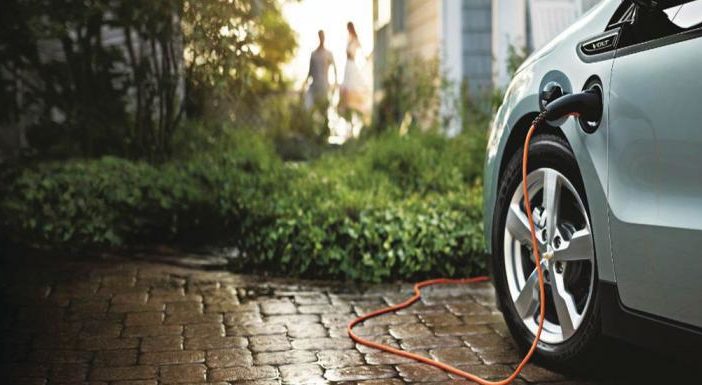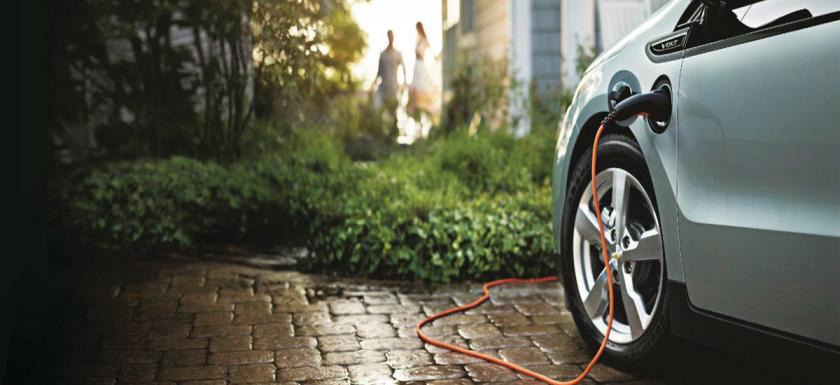
A rule change that aims to help Australian homes and businesses to monetise assets like rooftop solar, battery storage and electric vehicles, while also providing much greater visibility of consumer energy resources to the market operator has been proposed by regulatory authorities.
In a draft determination published on Thursday, the Australian Energy Market Commission says it is considering new arrangements to allow customers to have their so-called Clean Energy Resources (CER) separately metered and managed from their “passive” loads, like lights and fridges.
The rule change, requested by the Australian Energy Market Operator, also proposes the use of “in-built measurement capability” in technology like electric vehicle chargers and smart inverters instead of additional meters.
The AEMC says a key benefit of the rule change would include paving the way for “flexible trading,” where customers could hand pick different products and services for their CER, to reduce their energy costs or improve the value they can get from their assets.
It is also expected that the so-called “empowerment” of consumers will drive innovation and competition in the electricity supply sector, reducing barriers for market participants to provide wholesale energy, ancillary services, and network services.
“By using these assets in a smart way, customers can lower their energy bills, and should they choose, share the power they generate or vary their consumption in such a way that it supports the overall grid,” said AEMC chair Anna Collyer.
And there’s a stick involved, too.
“Our only choice is to be well prepared,” Collyer says. “If we do not properly integrate CER into market processes, we face materially higher generation, network, and intervention costs.”
To this end, the rule change is about making it easier for consumer energy resources “to be identified and managed separately,” thus helping to deliver reliability and security as well as emissions reduction and reduced costs for all consumers.
“Consumers have a critical role in the transition – but to do so they need sound policy decisions from us all,” Collyer says.
Indeed, sound policy decisions that will both remove barriers to the uptake of CER and better integrate it into the broader electricity system is something industry has been calling for – and working towards – for many, many years now.
Key progress was made in November last year when Australia’s state and federal energy ministers agreed to develop a national roadmap for customer‑owned energy resources, and to consider taking a national approach to the rules governing assets like rooftop solar, home battery storage and electric vehicles.
The ministers also agreed to appoint an expert taskforce to deliver priorities under the Roadmap, once they are determined.
With the next energy ministers meeting scheduled for Friday this week, many will be hoping for updates on the progress of these commitments.
For its part, the AEMC says it has “several key CER workstreams” it is focusing on in 2024, including an upcoming draft determination on rules governing the role of smart meters, with the expectation that rules will finalised by mid-year and put into action a year later.
But back to “unlocking CER benefits through flexible trading” (for which the final determination is also expected in July), you may wonder… What does it all mean?
The good, the bad and the absent
CER expert, and long-time advisor to the Energy Security Board on the subject, Gabrielle Kuiper says it’s a “classic mixed bag situation” of positive, long-awaited and much needed proposals for reform… alongside some less progressive concepts and some that are still not addressed at all.
A clear plus, says Kuiper is that the AEMC has acknowledged that the use of traditional retail electricity meters is not the only way to monitor and manage CER.
This paves the way for other technologies – namely smart inverters – to be used to separate out assets like electric vehicles, to give customers better choice of how they manage their battery on wheels.
“I think this is the first time the AEMC has acknowledged that there are smart devices out there that can give accurate metering, like in inverters, without being retail quality meters that conform to … all of the requirements for billing,” Kuiper told One Step Off The Grid on Thursday.
“So that’s progress.”
On the flip side, Kuiper is concerned that there is no allowance for households to choose and use multiple service providers for their different assets – a privilege that is currently reserved for large energy users only.
“We don’t have a particularly competitive electricity market, already – it’s dominated by the Big Three players,” Kuiper said.
“Distributed resources provide the opportunity, really, to open up competition. That’s only possible if the regulator allows that and they’ve said no to increased competition [for households] at this point.”
Kuiper says increased competition on the retail side will be particularly important for electric vehicle drivers, looking for the energy supply deal that suits their needs.
“You can choose what petrol station you go to, to fill up your petrol car at the moment [and] you can go to different EV fast-chargers of your choice when you’re out on the road…. But you won’t be able to choose a different provider to fill up with at home.”
The absence of retailer choice for households is all the more disappointing for how long it’s been in consideration.
As Kuiper explains here, the AEMC developed the concept of “multiple trading relationships” in 2012 as part of the Power of Choice review, then decided against it in 2016 following a 2014 rule change request from AEMO.
“One would have hoped, with the AEMC chair’s public commitment in October 2023 to ‘doing better’ on DER,
we could have moved from ‘relatively modest’ [rule changes] to solid, tangible progress ensuring consumers benefit as much as possible from competitive markets for their energy devices.”
And competition is not the only key ingredient missing from currently proposed reforms.
“We also need the revenue stream,” Kuiper says.
“So, you know, it’s really interesting for AEMC to say a retailer can look at your flexible demand and charge you differently for that, but of course households can’t – in aggregate – participate in the wholesale demand response mechanism at the moment.
“So there’s a whole lot of other reforms that are needed to make the most of the potential to disaggregate these loads an to value stack, or use all the tools in the Swiss Army knife … and make money through different use of different tools at different times,” Kuiper says.
‘Policy patch on a leaking ship’
Rewiring Australia, which advocates for the empowerment of households through solar and electrification, is even less convinced about the substance of the AEMC’s draft determination.
“This new rule will fail to deliver what is needed to support the clean energy transition and empower consumers,” said Rewiring Australia executive director Dan Cass in an emailed statement on Thursday.
“In 2018, the AEMC received the Wholesale Demand Response Mechanism (WDRM) rule change request to deliver the original design objective for the NEM, which was that demand and supply would be equivalent.
“The demand response rule was endorsed by ACCC chair Rod Sims precisely because it allowed competition to sell into the market in a simple mechanism that was easy to understand.
“This new rule is complicated, and how it will benefit consumers is unclear,” Cass said.
“This is a policy patch on a leaking ship,” adds Rewiring Australia energy market reform adviser Vikki McLeod.
“Households will be the heavy-lifters in a future energy market, and we need to write that potential into the market rules now.
“We need to start looking at how we can unlock the benefits that customer energy resources (CERs) can provide at scale and at pace.
“Rewiring Australia calls for a frame-breaking approach to designing a future energy market,” McLeod says.
“We need to bring innovation into the process – not just technical innovation but business model innovation, commercial and contractual innovation and regulatory innovation to the rule change process.”
See our sub-site SwitchedOn for more on electrification, and for Kuiper’s detailed analysis of this new rule.

Sophie is editor of One Step Off The Grid and deputy editor of its sister site, Renew Economy. Sophie has been writing about clean energy for more than a decade.

